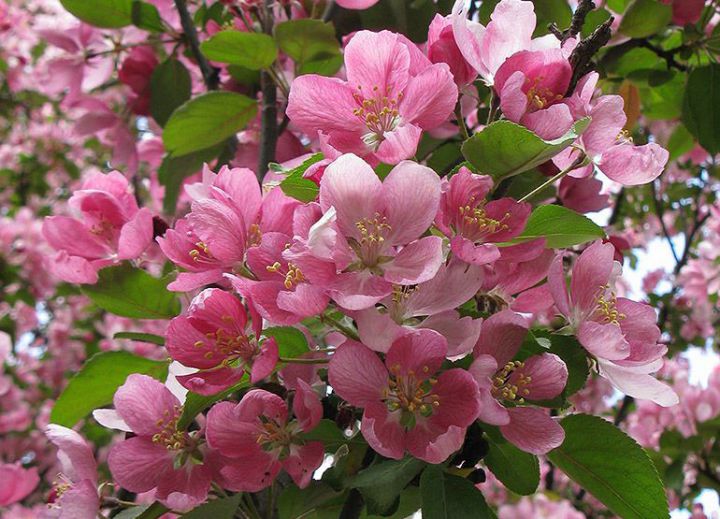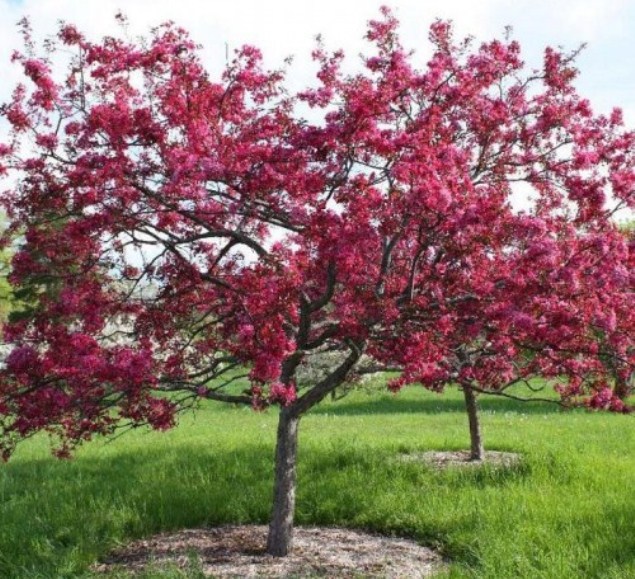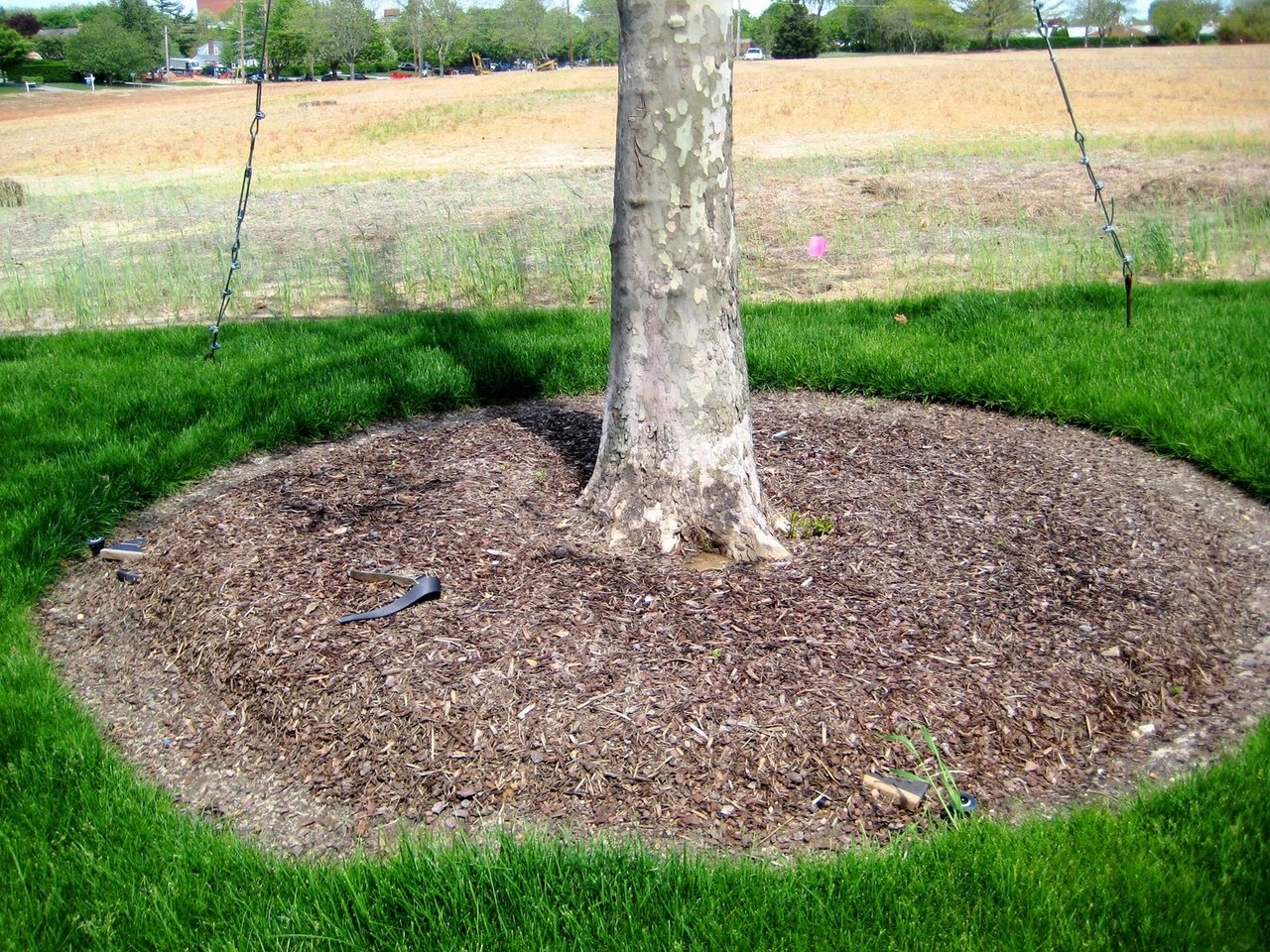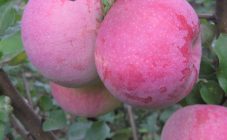Content:
An apple tree from the Pink family was spotted in the Xinjiang province of the Republic of China by the Russian biologist V.E. Nedzvetsky, who traveled there. He was amazed by the beauty and unusual color of flowers and leaves of this wild ornamental tree, so he shared the description and seeds of the plant with his colleague Georgy Dick. He subsequently raised an unusual species, which he named in honor of the Russian scientist - the apple variety Nedzvetsky - and entered it into the State Register.
Description of Nedzvetsky's apple tree
The Nedzwiecki apple tree is a small ornamental tree that is most often grown as a decoration for lawns, parks and squares. But the tree also bears fruit, and brings a good harvest. The fruit is no more than 2 cm in size. The culture pleases with its small apples up to 60 years.
The height of the apple tree reaches 5-8 m, and the branches - 2.5 m. The leaves are elliptical and slightly pointed, 8-12 cm in size. Branches of the tree are branched with a light green crown. To create the necessary shapes, landscape designers cut long branches so that they do not hang down under the weight, and form the crown at their discretion. Can be made in any shape (ball, pyramidal). The most spectacular are the bright pink apple blossoms that abundantly cover the entire tree. From a distance it looks very much like sakura. In addition to the color, the apple-tree smell is dizzy.
The beauty of the apple tree changes with the seasons. During the May flowering, it drives you crazy with color and aroma, in the summer apples of a deep red color appear and the foliage darkens, in the fall the fruits change color to purple, and the foliage to yellow-purple, and in winter unpicked apples turn almost purple. That is why the variety is planted to transform gardens and parks. In Europe, it is considered the best decorative lawn decoration.
Fruits are 2 cm in diameter, round or elongated. With good feeding, they can reach up to 4 cm. The ornamental apple tree of Nedzvetskiy is multifruit, the taste of apples is tart, like all wild wild apples. In the cut, they have a pleasant pink color. They are used to make jams and preserves, compotes. They are also suitable in dried form for making kvass, cider. They become tastier after frost, and also become a good food for wintering birds.
Since the homeland of the apple tree is North China, where the climate is continental with long winters and summers, this variety is winter-hardy. He is not afraid even of 30-degree frosts. Therefore, it can be safely grown in the northern regions. But in order not to risk it (in Russia there are even more frosts), the soil near the tree must be insulated, since the roots are close to the surface of the earth.
On the basis of the Nedzvetsky apple tree and the wild Ranetka Purple Michurin, varieties with similar characteristics were created. These are Pionerka and Komsomolets. They are also winter hardy. The main variety is inferior to the newly bred ones in that they have larger fruits.
Susceptibility to disease
Diseases that affect apple trees are practically absent in wild crops, but nevertheless, prevention against them must be carried out. Spring treatments are more protective. It is necessary to remove young growth, as garden pests most often lay their eggs on it. Be sure to whitewash with a lime solution.
If the apple tree is planted only for decorative purposes, then it is advisable to treat it with special means against powdery mildew. This is quick or topaz. They also help with rust and scab. Ekoberine and zircon solutions can be used without fear. Means based on karbofos are used to treat the Nedzvetsky apple tree against many insects and pests.
After pruning, when the cut site dries up, you need to cover it with garden varnish or iron red lead, in order to avoid the ingress of various bacteria. The damaged bark also cannot be ignored. Without this procedure, the tree will slow down in growth and fruiting. Fungal diseases are very dangerous for trees, so you need to treat them with antifungal drugs before bud break.
Features of planting and care
The ornamental apple tree of Nedzwiecki does not like a lot of water, so it should be planted where the groundwater will be far from the surface. She also cannot grow in swampy areas, but this does not mean that there is no need to water the tree at all. You should act according to the scheme - at the beginning of growth, once a month, at least 3 buckets, and then according to the age of the apple tree: if 6 years old, then 6 buckets of water, etc. It is recommended to water 4 times per season:
- before the start of the growing season;
- after flowering after 3 weeks;
- before harvesting in a month;
- when foliage begins to fall.
In hot summer, watering is increased.
The soil for planting must be well fertilized. It should be loose and consist of a mixture of humus, river sand and garden soil.
Before planting, take into account the size of the crown. If you plant trees often, they will not look very nice and interfere with proper care. It is advisable to make a distance of at least 5 m between the rows.
The holes for planting seedlings are made 70-70-80 cm. They are filled with prepared soil and allowed to stand for several days for the soil to shrink so that the planted tree does not sag along with the soil. Then they put a seedling, be sure to straighten the roots, and sprinkle it with the same earth, leaving the root collars at the level with the ground. To prevent the sapling from breaking by a strong wind, you need to tie it to a peg stuck next to it.
Obsessed gardeners produce apple trees by seed, although this requires a lot of patience and care. First, the seeds are processed in a solution of potassium permanganate (pale pink), then germinated in boxes, planted to grow in a favorable light place, but not in direct sunlight. Sprouted seedlings are planted before the onset of winter with mandatory insulation and protection from rodents. Young trees are sent to a permanent place only the next year.
For the first 3 years, their growth is slow, but after the apple tree they begin to grow rapidly in height, scattering lateral branches.
This variety reproduces well with shoots. These seedlings begin to grow and bloom quickly, as the mother's roots nourished them with everything they needed. Further care of the plant will consist in watering, weeding, very careful loosening, since the roots are located close to the ground surface. After watering, mulching can be done to retain moisture. To do this, you can use cut grass, sawdust, tree bark.
In the 2nd year of the tree's life, it is good to resort to the help of siderates. This will provide additional organic fertilization. And the apple tree can give its first fruits already for 4-5 years. During the ripening of apples, you can do top dressing with trace elements, but stop before harvesting a month.
Pruning should be done when the crown begins to form.Excess and protruding vertical branches are carefully cut off. Dry branches are also subject to removal. This procedure is done annually. Usually, those shoots that have grown more than 60 cm are cut off by a third. Thanks to such manipulations, growth slows down and a beautiful natural crown is created.
Advantages and disadvantages of the variety
Gardeners, although they do not have much value from the harvest of these apples, are happy to plant them in their plots. The abundant and fragrant bloom attracts bees and gives pride to such garden decoration. To other virtues ornamental apple tree Nedzvetskogo include:
- it does not interfere with the development of gas pollution and dustiness of the air;
- not afraid of frost and hot summer;
- an irreplaceable specimen for squares and parks;
- on green lawns, purple-pink crown caps create a gorgeous, charming view.
To plant or not to plant Nedzvetsky's apple tree, each gardener decides for himself. If the yield and quality of apples are important, then the answer is unambiguous - this variety will not be suitable for these purposes. And if the gardener loves the exotic, which delighted the eyes, then the variety described above is the best option for planting in a summer cottage for beauty.
















